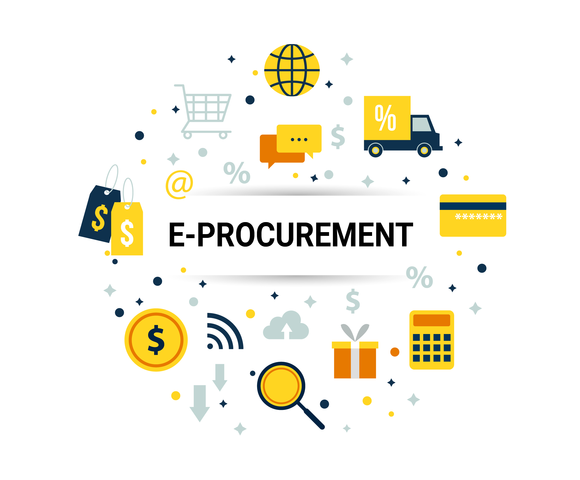Choosing the Best Procurement Management Software in 2023
In today's dynamic business landscape, efficient procurement management is crucial for success. Businesses rely on procurement processes to acquire goods and services essential for their operations. To streamline these processes and drive cost savings, many organizations turn to procurement management software. However, with a plethora of options available in the market, choosing the best procurement process in supply chain management can be a daunting task. In this blog, we will guide you through the key factors to consider when making this critical decision.
1. Define Your Procurement Needs
The first step in procurement process in supply chain management is to clearly define your organization's procurement needs and objectives. Consider the specific challenges and pain points you want to address. Are you looking to automate purchase orders, enhance supplier management, or improve spend analysis? Understanding your requirements will help you narrow down your options and select software that aligns with your goals.

2. User-Friendly Interface
User adoption is a critical factor in the successful implementation of any software solution. Look for procurement approval software that offers an intuitive and user-friendly interface. Your team should be able to easily navigate the platform, create purchase requests, and manage suppliers without extensive training. A user-friendly system encourages broader adoption and ensures that your procurement team can leverage the software effectively.
3. Integration Capabilities
Procurement processes do not operate in isolation. Your procurement approval software should seamlessly integrate with your existing systems, such as your ERP (Enterprise Resource Planning) software and financial systems. Integration ensures data consistency and reduces manual data entry, leading to more efficient and accurate procurement operations.
4. Customization and Scalability
Every organization has unique procurement requirements. Choose a procurement management software that allows for customization to adapt to your specific needs. Additionally, consider the scalability of the software. As your business grows, the software should be able to accommodate increased procurement demands and additional users without significant disruptions.
5. Supplier Management Features
Supplier relationships are a cornerstone of successful procurement. Opt for software that offers robust supplier management capabilities. Look for features that enable you to evaluate supplier performance, track communication, and manage contracts. Effective supplier management can lead to better negotiations, reduced risks, and improved supplier collaboration.
6. Spend Analysis and Reporting
Effective procurement requires in-depth spend analysis and reporting capabilities. Choose software that provides insights into your spending patterns, supplier performance, and cost-saving opportunities. Comprehensive reporting tools empower your organization to make data-driven decisions and optimize procurement strategies.
7. Compliance and Security
Procurement management often involves sensitive data and compliance requirements. Ensure that the software you select meets industry standards for data security and compliance with regulations such as GDPR (General Data Protection Regulation). Look for features that offer audit trails, role-based access control, and data encryption to safeguard your procurement data.
8. Mobile Accessibility
In today's fast-paced business environment, mobile accessibility is essential. Your procurement team should be able to access the software from anywhere, whether they are in the office or on the go. Mobile-friendly procurement management software ensures that your team can stay productive and responsive, even when away from their desks.
9. Vendor Support and Training
Consider the level of support and training offered by the online procurement management system vendor. Adequate vendor support can make a significant difference in the successful implementation and ongoing use of the software. Ensure that the vendor provides training resources, documentation, and responsive customer support to address any issues or questions that may arise.
10. Total Cost of Ownership (TCO)
While the initial purchase price is important, consider the total cost of ownership (TCO) over the long term. Evaluate factors such as licensing fees, implementation costs, maintenance, and potential scalability costs. A thorough TCO analysis will help you make a more informed decision about the affordability of the software.
Conclusion
Selecting the best online procurement management system is a critical decision that can significantly impact your organization's efficiency, cost savings, and overall success. By defining your needs, considering user-friendliness, integration capabilities, customization, and scalability, you can narrow down your options. Additionally, prioritize features like supplier management, spend analysis, and security to ensure that the software aligns with your procurement goals. If you want to know more, visit Procqur today.
PROCQUR
Office No:26, 18th Floor, One By Omniyat, Business Bay, Dubai, UAE
971 42432543
Comments
Post a Comment